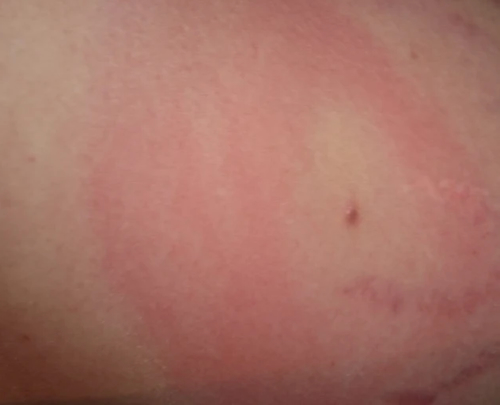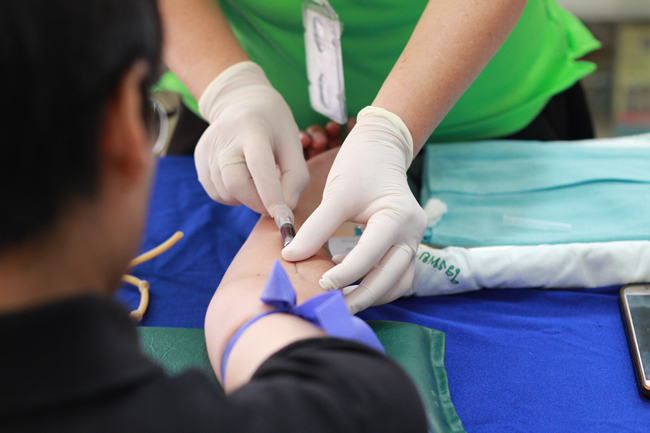With an estimated 300,000 newly reported cases of Lyme in the United States each year, 25% are children. Lyme remains so misunderstood and debated in the worldwide medical community, those numbers are believed to be even higher.
With much controversy surrounding the diagnosis and treatment of Lyme disease, children are caught in the shuffle, often falling in the cracks. Some are outright denied Lyme testing by doctors, who proclaim it is unnecessary, because the disease doesn’t occur where they live. Imagine if this were your child.

Facts about Lyme disease in children and teens:

There are an average of 205 reported cases of Lyme disease in children each day in the United States – 75,000 per year.
That’s more than all cases of pediatric cancer, epilepsy, type 1 diabetes, and Cystic Fibrosis diagnoses combined.
Children between ages 5 and 9 are at greatest risk for Lyme disease.
Kids are more active outdoors, and are closer to the ground. Boys are at greater risk than girls in this age group.
Children often do no present with the tell-tale bullseye rash.
Pediatric Lyme disease specialist, Dr. Charles Ray Jones, reports that less than 10% of his 15,000 pediatric Lyme disease cases actually had the bullseye rash.
Symptoms of Lyme disease in children are difficult to pin down.
There is no guideline for symptoms of Lyme disease in children, as they are sporadic, and can present in very different ways. Loss of focus, inability to sleep, fatigue, difficulty in school, behavioral changes, and joint pain are a few of the symptoms that kids might endure with Lyme.

It is suggested that children might be more susceptible to neurological symptoms of Lyme.
It is theorized that if children are bitten on the head and neck, that neurological Lyme can occur, since the bite is closer to the nervous system. Lyme infection can act as a trigger for neuropsychiatric disorders, which can cause OCD, Anorexia, nervous tics, and others.
Children and teens with Lyme suffer socially.
Illness and symptoms of Lyme, along with the stress they create for children and teens, will often lead to loss of friends. Depression is very common, and as many as 41% of children and teens with Lyme disease report having had suicidal thoughts.
Proper diagnoses require more than traditional Lyme disease testing for children.
Children are commonly mis-diagnosed, or not diagnosed at all because traditional testing methods can come back negative, even though Lyme is present. A Lyme specialist will order additional testing required for the proper diagnosis of Lyme disease in children.
As diagnosing and treating Lyme disease in children is an evolving science, it is incumbent on parents to advocate for their sick child to rule in or out Lyme. It is also important to protect our children from the threat of Lyme and other tick-borne illnesses with professional tick control around our homes. The single best hope for our children is preventing Lyme disease in the first place.


 As we all know
As we all know